For those looking to purchase submersible pumps, understanding how environmental rules affect their operations is key to making a smart choice.
These rules are put in place to protect our surroundings, and they shape how submersible pumps are designed, used, and maintained.
This article breaks down these environmental regulations in simple terms, helping you see why they matter and how they impact the pumps you might consider for your needs.
What Are the Main Environmental Areas Regulated for Submersible Pumps?
Water quality protection is a top priority
Environmental rules often focus on preventing pumps from causing pollution or contamination of water sources.
This includes ensuring that pumps don’t leak harmful substances into the water they’re submerged in, whether it’s a well, pond, or other body of water.
These regulations are especially critical for pumps used in drinking water sources, where even minor contamination could pose health risks to communities.
Energy efficiency standards are strictly enforced
Governments and environmental bodies set guidelines on how much energy pumps can use.
These standards push manufacturers to create pumps that consume less power, reducing the overall carbon footprint associated with their operation.
They also encourage innovation in pump technology, leading to more advanced and cost-effective models over time.
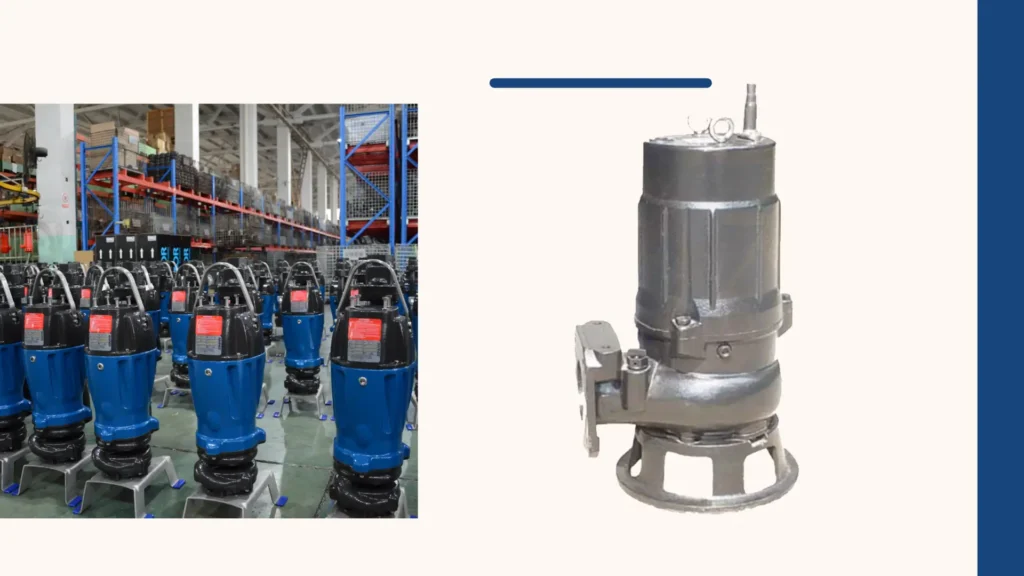
Noise pollution control is another key area
Pumps that are too loud can disturb local ecosystems and nearby communities. Environmental rules set limits on the noise levels submersible pumps can produce, ensuring they operate quietly enough to avoid disruption.
Excessive noise can stress wildlife, altering their behavior patterns such as feeding or mating, and can also disrupt human activities like work or sleep.
How Do Water Quality Regulations Impact Pump Design?
Materials used in pumps must be non-toxic
To prevent water contamination, the materials that make up submersible pumps, such as metals and seals, are required to be safe and not leach harmful chemicals into the water.
This ensures that the water remains suitable for its intended use, whether for irrigation or other purposes.
These material choices undergo rigorous testing to confirm they meet safety thresholds even after long-term submersion.
Sealing mechanisms are enhanced to prevent leaks
Tight and reliable seals are a must under water quality regulations. These seals keep the pump’s internal components, like motor oils, from mixing with the surrounding water, maintaining the purity of the water source.
Modern pumps use multi-layered sealing systems, combining gaskets and O-rings made from durable, water-resistant materials, to create a barrier that withstands pressure and temperature changes.
Anti-corrosion features are mandatory
Water sources can be harsh, with minerals or other elements that cause rust and corrosion.
Pumps are designed with anti-corrosion coatings and materials to withstand these conditions, preventing pieces of the pump from breaking off and polluting the water.
These features not only protect water quality but also extend the pump’s lifespan by reducing wear and tear from harsh environments.
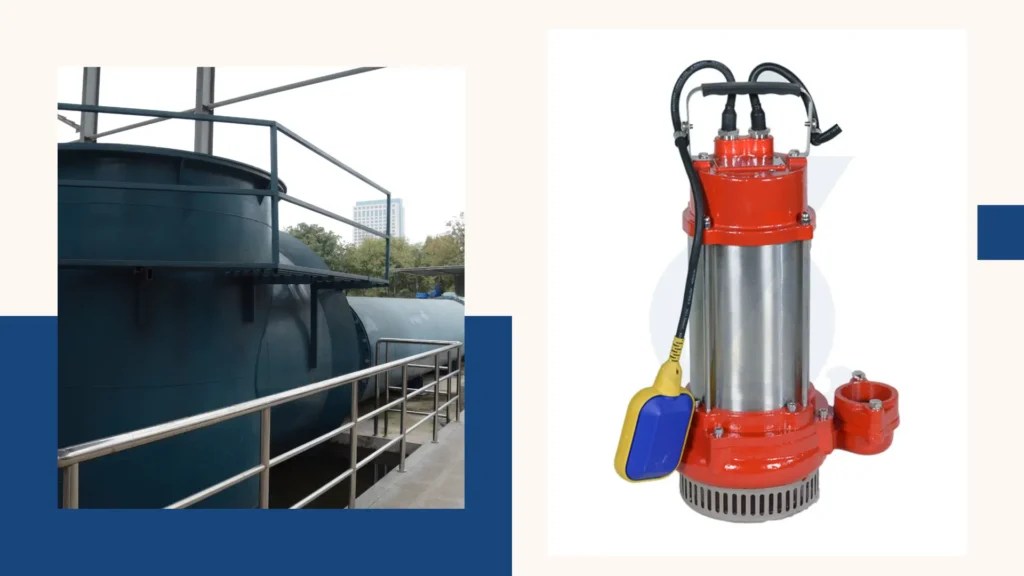
What Energy Efficiency Standards Apply to Submersible Pumps?
Minimum efficiency levels are set by regulatory bodies
These levels specify the least amount of water a pump must move per unit of energy consumed.
Pumps that don’t meet these standards can’t be sold, ensuring that only energy-saving models are available on the market.
These standards are often updated to reflect technological advancements, pushing manufacturers to continuously improve their designs.
Motor efficiency is a key focus of these standards
The motors inside submersible pumps are required to convert electrical energy into mechanical energy at a high rate.
This means less energy is wasted as heat, making the pump more efficient and reducing electricity usage.
High-efficiency motors often use copper windings and precision bearings to minimize energy loss, and they’re designed to operate optimally even under varying load conditions.
Energy labeling helps consumers identify efficient models
Many regions require pumps to have labels that show their energy efficiency rating.
These labels make it easy for buyers to compare different models and choose one that will save them money on energy bills while being better for the environment.
This transparency empowers consumers to make informed decisions, rewarding manufacturers who invest in efficiency with higher demand for their products.
How Do Noise Regulations Affect Submersible Pump Operations?
Decibel limits are set for pump operation
Environmental rules specify the maximum noise level a submersible pump can emit, measured in decibels.
This ensures that the pump’s sound doesn’t exceed levels that could harm wildlife or annoy people living or working nearby.
These limits are based on studies showing that prolonged exposure to sounds above certain levels can cause hearing damage in humans and behavioral changes in animals.
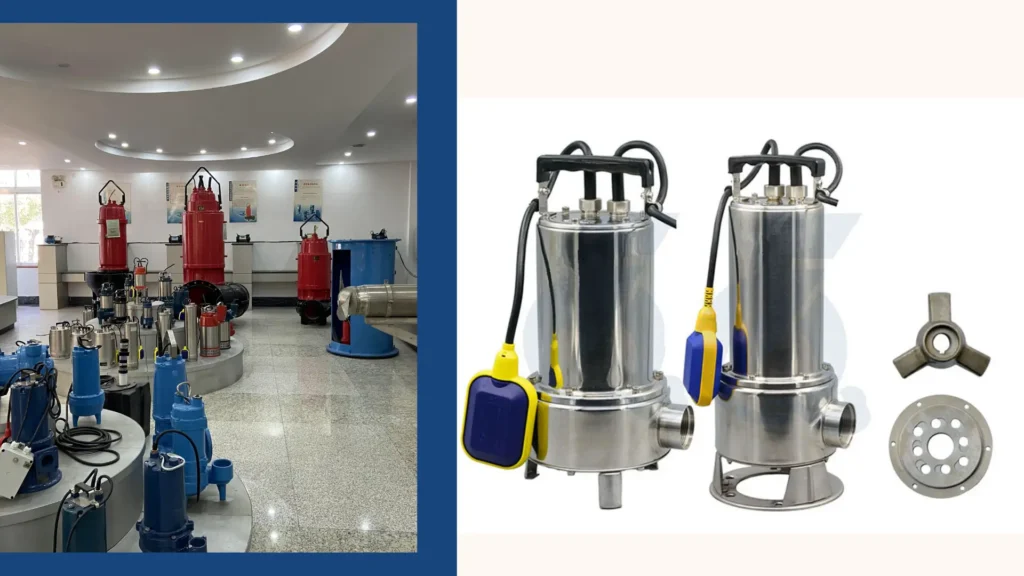
Design modifications reduce operational noise
Manufacturers use techniques like adding sound-dampening materials and improving motor design to keep noise levels low.
These modifications help the pump stay within the regulated decibel limits without sacrificing performance.
Some models also use variable speed drives to adjust operation to match demand, reducing noise during periods of lower activity.
Placement guidelines may be part of the regulations
In some cases, rules also offer advice on where to place the pump to minimize noise impact.
Placing the pump in a well or enclosed tank can muffle sound, while avoiding placement near sensitive areas like bird nests or residential windows helps ensure compliance.
These guidelines complement design modifications, providing a holistic approach to noise control.
What Are the Rules for Pump Disposal and Recycling?
Hazardous components must be properly removed
Submersible pumps contain parts like motors with oils and electrical components that can be harmful if not disposed of correctly.
Regulations require that these hazardous parts are separated and treated properly before the rest of the pump is recycled or discarded.
This step prevents pollutants from leaching into soil or water sources during disposal.
Recycling of materials is encouraged and often required
Many materials in submersible pumps, such as metal casings and plastic components, can be recycled.
Environmental rules promote or mandate that these materials are sent to recycling facilities instead of ending up in landfills, reducing waste and conserving resources.
Metals like cast iron and aluminum can be melted down and reused in new products, while plastics are often repurposed into other industrial materials.
Manufacturers may have take-back programs
Some regulations require pump manufacturers to offer programs where old or broken pumps can be returned for proper disposal or recycling.
This makes it easier for users to comply with disposal rules and ensures that pumps are handled in an environmentally friendly way.
These programs often include prepaid shipping labels or drop-off points at authorized dealers, removing the hassle for users.
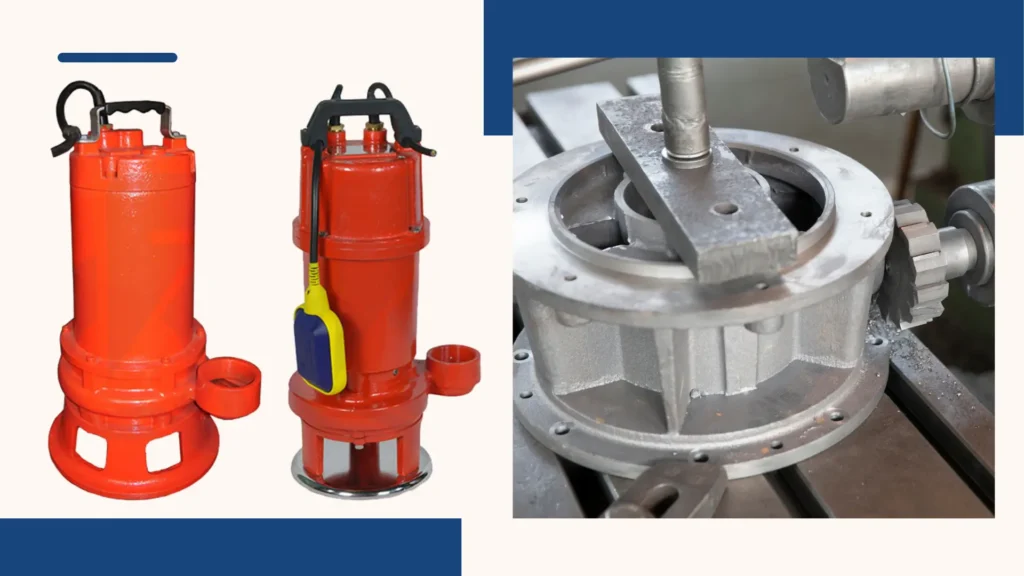
How Do Local Climate Conditions Influence Regulatory Compliance?
Cold climate regulations focus on preventing environmental harm from freezing
In areas with cold winters, rules may require pumps to have features that prevent water around them from freezing and expanding, which could damage the pump and release harmful substances.
This protects both the pump and the surrounding environment.
These features prevent cracks in the pump housing that could leak motor oils or other toxins into the water.
Hot and dry climate rules may emphasize water conservation
In regions where water is scarce, environmental regulations might require pumps to be used in a way that minimizes water waste.
This could include features that prevent over-pumping or ensure that water is used efficiently once it’s pumped.
Pumps in these areas may have flow meters or sensors that adjust output based on demand, avoiding unnecessary water extraction.
Some rules also mandate that pumps are used in conjunction with drip irrigation systems or other water-saving technologies, ensuring every drop is used effectively.
Coastal area regulations address saltwater exposure
Pumps used in or near saltwater face unique challenges, as salt can cause corrosion.
Rules in these areas may require special materials or coatings that resist salt damage, preventing the pump from deteriorating and polluting the marine environment.
These measures not only extend the pump’s life but also prevent rust particles and other debris from entering sensitive coastal ecosystems, which are often home to fragile marine life.
What Are the Consequences of Not Following These Environmental Rules?
Fines and penalties can be imposed on users
If a submersible pump is found to be in violation of environmental regulations, the owner may face financial penalties.
The amount can vary depending on the severity of the violation, from small fines to larger sums for repeated or significant breaches.
Repeat offenders may face escalating fines, making compliance far more cost-effective than non-compliance.
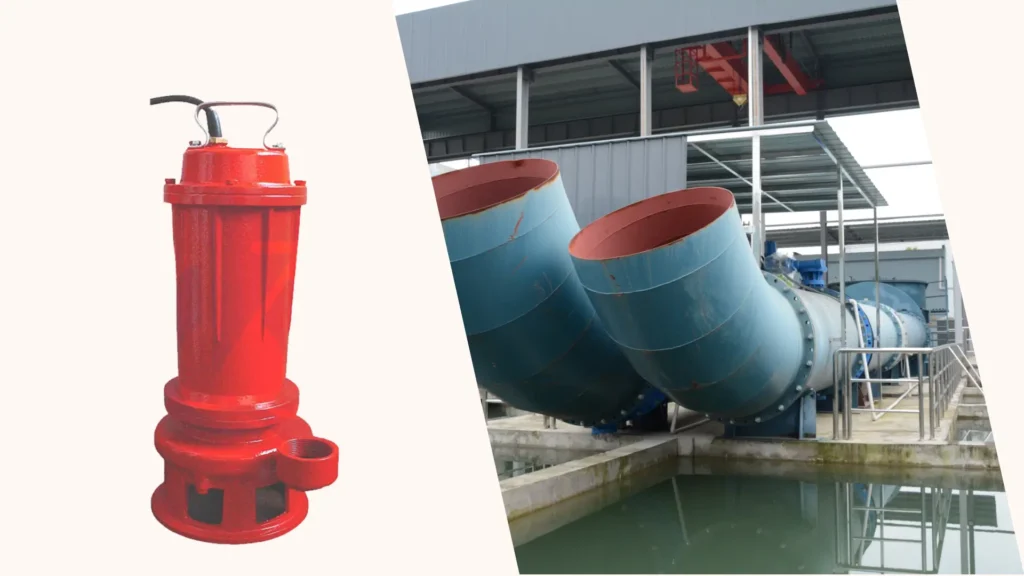
Legal action may be taken in serious cases
In situations where a pump causes significant environmental damage, such as water contamination or excessive pollution, legal action could be brought against the user.
This could result in additional costs and even restrictions on using similar equipment in the future.
Courts may also impose injunctions, barring the use of non-compliant pumps until the issues are resolved.
Reputational damage is a potential outcome
Businesses or individuals that fail to comply with environmental rules may suffer damage to their reputation.
This can affect relationships with customers, neighbors, and the community, as people increasingly value environmentally responsible practices.
A company known for violating pump regulations may lose clients who prioritize sustainability, while homeowners with noisy or polluting pumps may face complaints from neighbors, straining local relationships.
How Can Buyers Ensure Their Submersible Pump Meets Environmental Rules?
Check for certification labels from regulatory bodies
Look for labels or marks from recognized environmental organizations or government agencies that indicate the pump meets all relevant regulations.
These certifications are a reliable way to confirm that the pump is compliant.
These labels are only awarded after rigorous testing, so they provide clear proof that the pump meets or exceeds regulatory requirements.
Ask manufacturers for compliance documentation
Reputable manufacturers will provide information and documents proving that their pumps meet specific environmental rules.
This can include test reports, efficiency ratings, and details about materials used in construction.
Reviewing these documents helps buyers confirm that the pump is suitable for their specific use case, whether it’s a residential well or an industrial wastewater system.
Consult with local experts or authorities
Local environmental agencies or professionals who work with submersible pumps can provide guidance on the specific rules that apply in your area.
They can help you understand what to look for in a pump to ensure it meets all local requirements.
This local knowledge is invaluable, as rules can vary significantly even between nearby regions.
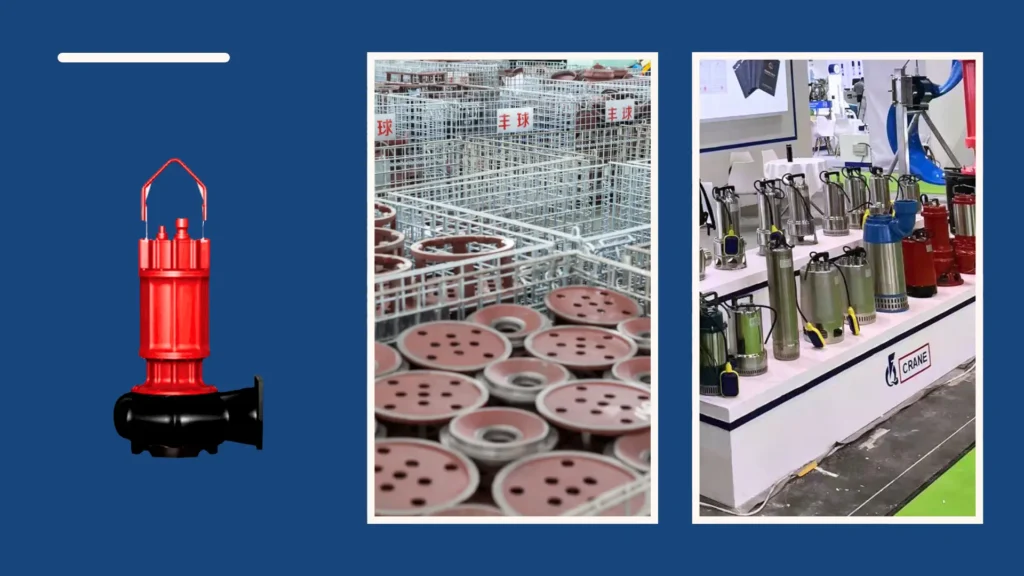
How Do Environmental Rules Benefit Users of Submersible Pumps?
Lower operating costs through energy efficiency
Pumps that meet energy efficiency standards use less electricity, which translates to lower monthly energy bills.
Over time, these savings can add up, making the pump a more cost-effective choice.
This is especially true for pumps used continuously, such as those in agricultural irrigation or industrial processes, where energy savings are compounded daily.
Reduced environmental impact aligns with sustainable practices
Using a pump that follows environmental rules means you’re doing your part to protect water sources, reduce pollution, and conserve energy.
For businesses, this can enhance their sustainability credentials, helping them attract eco-conscious customers and meet corporate social responsibility goals.
For individuals, it provides peace of mind knowing their pump isn’t harming the environment, whether it’s preserving a local lake or reducing their carbon footprint.
Longer pump lifespan due to quality standards
The materials and design features required by environmental regulations, such as anti-corrosion materials and better seals, also make the pump more durable.
This means the pump will last longer, reducing the need for frequent replacements and saving you money in the long run. A pump built with high-quality, regulation-compliant components is less likely to break down, minimizing downtime and repair costs.
And More:
- Environmental Impact of Submersible Pumps in Wastewater Treatment]
- How to Ensure Compliance with Industry Standards for Submersible Pumps
- Evaluating the Ecological Effects of Submersible Pumps in Aquatic Systems
Conclusion
Environmental rules play a significant role in shaping the design, operation, and use of submersible pumps.
From protecting water quality and enforcing energy efficiency to controlling noise and managing disposal, these regulations ensure that pumps are both effective and environmentally responsible.
For buyers, understanding these rules helps in choosing a pump that not only meets their needs but also keeps them compliant and contributes to a sustainable future.
These rules not only safeguard our natural resources but also drive innovation, leading to better, more efficient pumps that benefit both users and the planet for generations to come.

